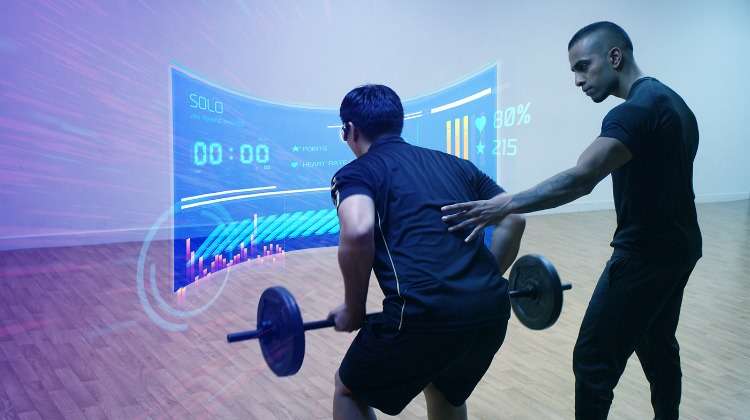In recent years, the rise of gaming technology has sparked debates about its potential role as a substitute for traditional forms of physical exercise. With the advent of immersive virtual reality (VR) experiences, motion-sensing controllers, and fitness-oriented gaming platforms, individuals are increasingly turning to video games as a means of staying active and healthy. This article explores the intersection of gaming technology and physical fitness, examining the benefits, challenges, and implications of using games as a substitute for traditional sports and exercise routines.

The Emergence of Fitness Gaming
Fitness gaming, also known as exergaming, refers to video games that incorporate physical activity and exercise into gameplay mechanics. From dance-based rhythm games to virtual sports simulations, fitness gaming offers users a dynamic and interactive alternative to conventional workouts. Popular gaming consoles such as the Nintendo Wii, Xbox Kinect, and PlayStation Move have introduced motion-sensing technology that enables players to engage in physical movements while gaming, blurring the lines between entertainment and exercise.
Benefits of Fitness Gaming
One of the primary benefits of fitness gaming is its ability to motivate individuals to engage in physical activity through immersive and rewarding gameplay experiences. Unlike traditional exercise routines, which may feel monotonous or tedious, gaming offers a sense of enjoyment and achievement that encourages continued participation. Moreover, fitness games often incorporate elements of competition, social interaction, and goal setting, fostering a sense of community and camaraderie among players.
Challenges and Considerations
Despite its potential advantages, fitness gaming also presents several challenges and considerations. Critics argue that while gaming technology may encourage physical activity, it cannot fully replicate the holistic benefits of traditional sports and outdoor recreation. Physical exercise encompasses not only cardiovascular fitness but also aspects such as muscular strength, flexibility, and coordination, which may be inadequately addressed by certain gaming activities.
Conclusion of Gaming Technology
In conclusion, the integration of gaming technology into the realm of physical fitness represents a fascinating convergence of entertainment, technology, and health promotion. While fitness gaming has the potential to inspire individuals to lead more active lifestyles and make exercise more enjoyable and accessible, it should be viewed as a complementary rather than a substitute for traditional forms of physical activity.
By leveraging the immersive and interactive nature of gaming experiences, developers, healthcare professionals, and educators can harness the power of technology to encourage movement, promote wellness, and instill lifelong habits of physical fitness. Moving forward, continued research, innovation, and advocacy efforts are essential to maximize the benefits of fitness gaming while addressing its limitations and ensuring equitable access to opportunities for physical activity and well-being.























+ There are no comments
Add yours